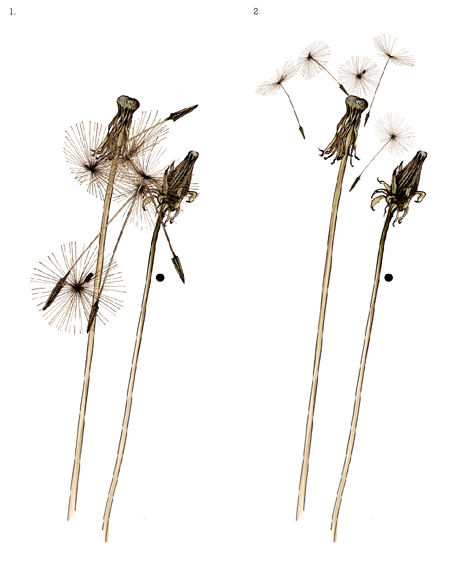"Learn to say 'Fuck You' to the world once in a while" - Sol LeWitt
I discovered this quote a few years ago when I first came across the blog of
Boym partners inc. I thought it was a great quote on a very interesting blog and wondered where it was from.
A month or so ago, I attended an inspiring exhibition and seminar
'Material Actions' . One of the speakers,
Charlotte Squire showed some images of the work of Eva Hesse and spoke briefly about the book these images were from. A few days after the seminar I emailed her to ask for the title of the book, which she kindly gave me. It's out of print, but I managed to get a copy of it from New York via
Abebooks. When the book arrived - I found a simple but evocative inscription inside -
A short way into the book on page 35, I discovered the Sol LeWitt quote above which was part of a letter written by him in 1965 to Eva Hesse, they were friends I discovered, and he was giving her some advice. It's a wonderful letter - and a strange coincidence.
...it's funny how sometimes good advice comes along just when you need it!









